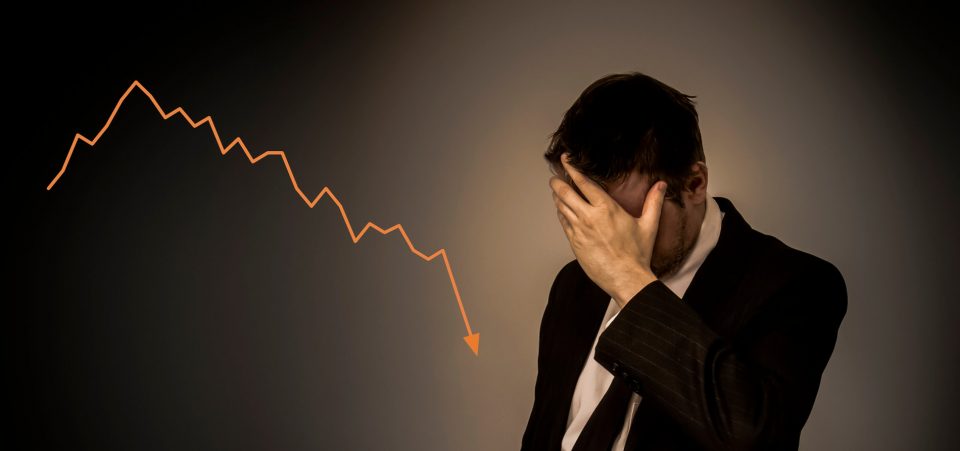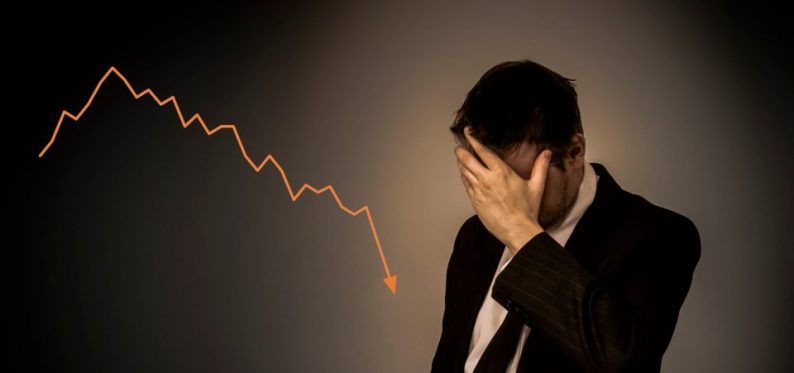Reasons for Mini Stock Market Crash Suggest that Longer Correction Is Coming
It’s not always the case, but, generally, the best thing we can do after enduring a bad experience like the recent stock market correction is to understand the reasons or conditions that created the problem.
A young fourth grader was upset when he did poorly on a test in school. It caused shame when he had to admit to his parents that his classmate got an “A” when he received a mere “D.” His valiant effort to give the episode an optimistic spin, noting that the classmate who got an “A” sat right next to him—therefore, he had almost received an “A”—failed to persuade.

The sting of failure burned. But the boy used it, and remembered how much it hurt when the next test came up. He studied and got his “A.” Yes, I was the boy. And that was a true story that came to mind with the recent mini stock crash.
The “flash-crash” or mini stock market crash was like a lightning bolt flashing in a clear sky. Or at least it must have seemed so to many investors, who got used to the idea that stocks only go up. It’s not their fault. In 2017, the markets certainly gave off that impression. But the markets had been begging for a correction. They had risen on nothing but speculation, such that many stocks were overpriced. By overpriced, of course, I mean that the stocks’ values were too high in relation to their earnings. (Source: “U.S. stocks swing back to gains, Dow Jones up 330 on turbulent day,” The Toronto Star, February 9, 2018.)
The mini crash in the stock market, said to be the fastest ever, came merely two weeks after the Dow Jones set its all-time record high of 26,616 points. Many investors consoled themselves, pulling out every adage from their attics of bullish excuses. One of the best axioms suggests that the faster the crash, the faster the recovery. It’s an interesting premise, but markets are rarely that predictable. Therefore, there’s no telling if stocks will recover all their losses in the short term.












Leave A Comment